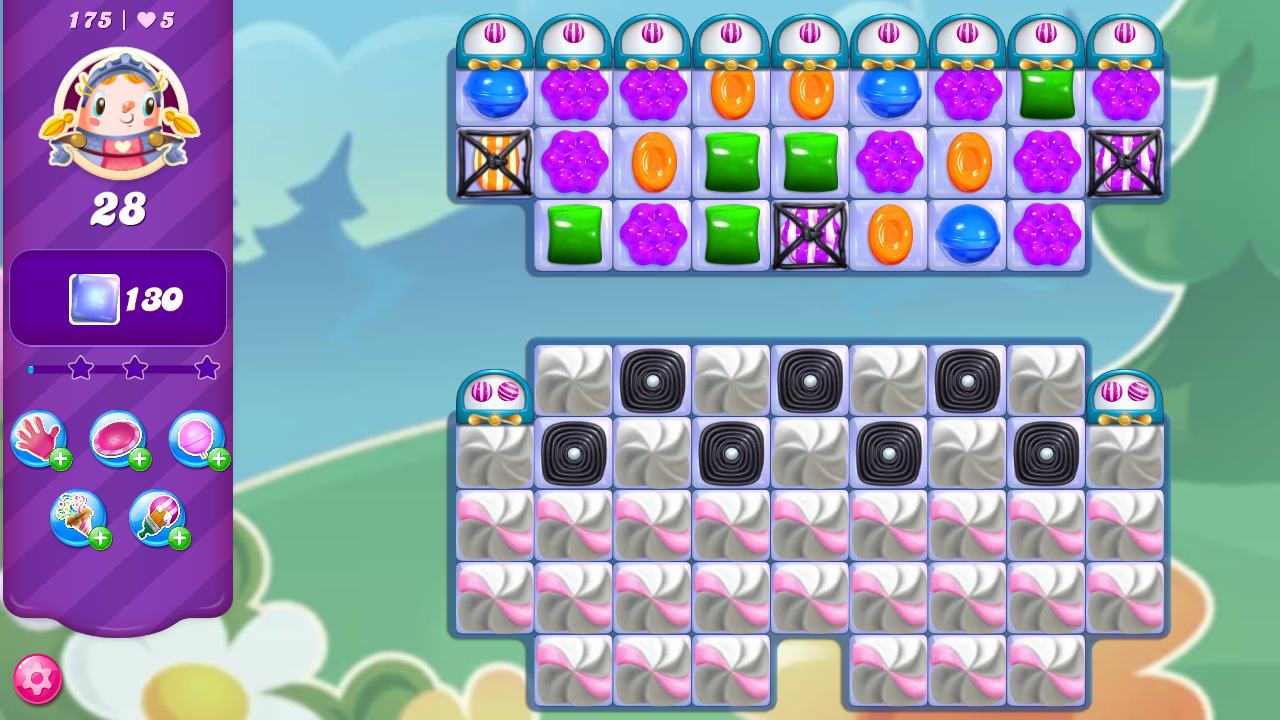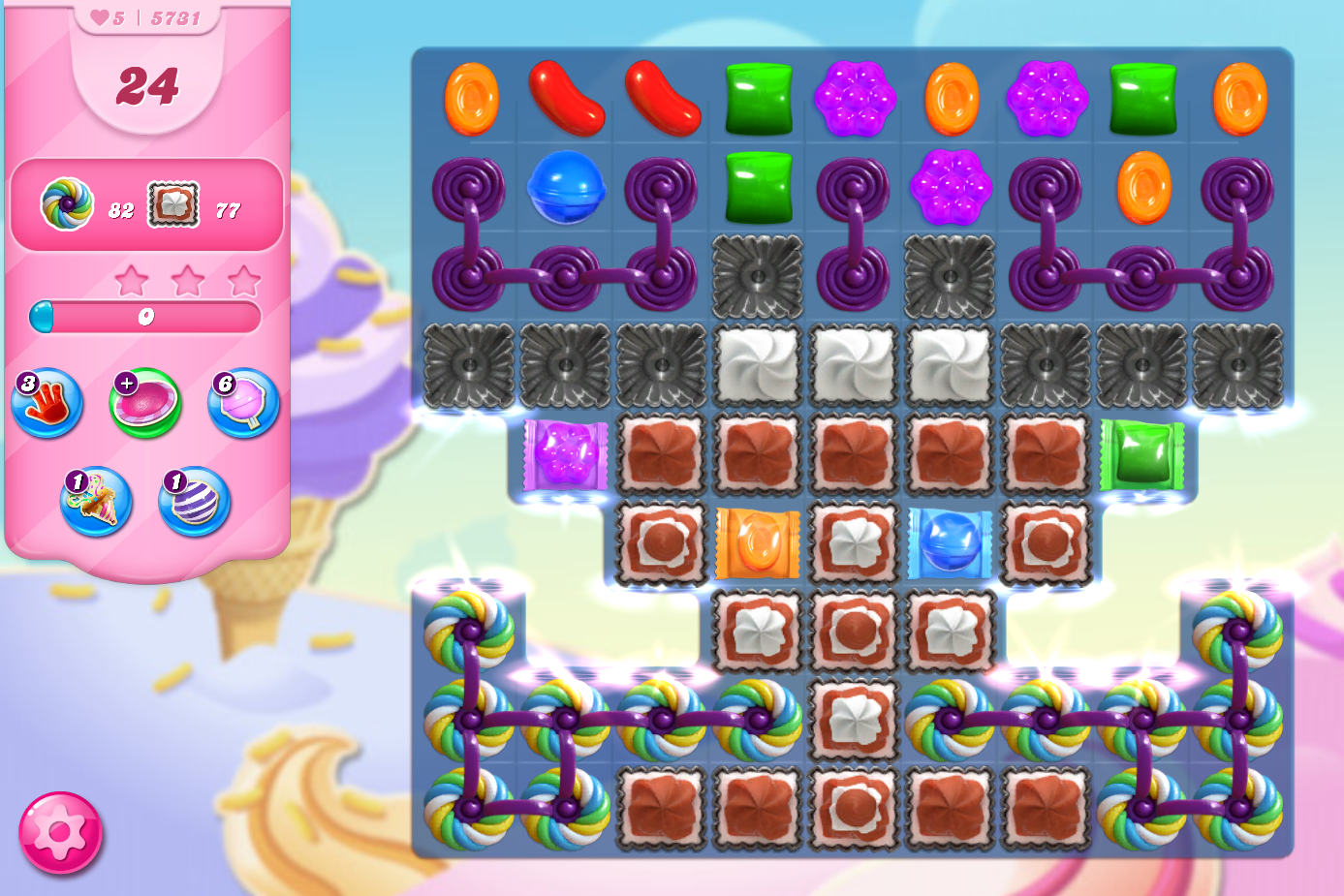
RECYCLING OF MUNICIPAL SOLID WASTE REJECTSĦ.3 Product development from rejects 6.4 Construction materials and their properties 6.5 Manhole 6.6 Breakwater 6.7 Other products Questions SUSTAINABILITY OF MUNICIPAL SOLID WASTE MANAGEMENTĥ.1 Introduction 5.2 Transfer stations 5.3 Recycling of waste paper 5.4 Recycling of plastic waste 5.5 Recycling of bones 5.6 Recycling of glass 5.7 Foam glass 5.8 Recycling of aluminum and tin cans 5.9 Recycling of textiles 5.10 Recycling of composite packaging materials 5.11 Recycling of laminated plastics 5.12 Recycling of food waste 5.13 Rejects Questionsġ49 155 158 163 172 173 175 179 179 180 187 189 194 196 SUSTAINABLE DEVELOPMENT AND ENVIRONMENTAL REFORMĤ.1 Introduction 4.2 Sustainable development proposed framework 4.3 Sustainable development tools, indicator, and formula 4.4 Sustainable development facilitators 4.5 Environmental reform 4.6 Environmental reform proposed structure 4.7 Mechanisms for environmental impact assessment 4.8 Sustainable development road map Questions SUSTAINABLE DEVELOPMENT AND INDUSTRIAL ECOLOGYģ.1 Introduction 3.2 Industrial ecology 3.3 Industrial ecology barriers 3.4 Eco-industrial parks 3.5 Recycling economy/circular economy initiatives 3.6 Eco-industrial parks case studies Questions

Library of Congress Cataloging-in-Publication Data Application submitted British Library Cataloguing in Publication Data A catalogue record for this book is available from the British Library ISBN-13: 978-0-12-373623-9 For all information on all Elsevier Academic Press publications visit our website at Typeset by Charon Tec Ltd (a Macmillan company), Chennai, India Printed in the United States of America 07ĬURRENT PRACTICE AND FUTURE SUSTAINABILITYġ.1 Introduction 1.2 Waste management 1.3 Treatment 1.4 Incineration 1.5 Landfill 1.6 Zero pollution and 7Rs rule 1.7 Life cycle analysis and extended producer responsibility 1.8 Cradle-to-cradle concept QuestionsĢ.1 Introduction 2.2 Promoting cleaner production 2.3 Benefits of cleaner production 2.4 Obstacles to cleaner production and solutions 2.5 Cleaner production techniques 2.6 Cleaner production opportunity assessment 2.7 Cleaner production case studies Questions

Permissions may be sought directly from Elsevier’s Science & Technology Rights Department in Oxford, UK: phone: (+44) 1865 843830, fax: (+44) 1865 853333, e-mail: You may also complete your request on-line via the Elsevier homepage (), by selecting “Customer Support” and then “Obtaining Permissions”. No part of this publication may be reproduced or transmitted in any form or by any means, electronic or mechanical, including photocopy, recording, or any information storage and retrieval system, without permission in writing from the publisher.

TOKYO Academic Press is an imprint of ElsevierĮlsevier Academic Press 30 Corporate Drive, Suite 400, Burlington, MA 01803, USA 525 B Street, Suite 1900, San Diego, California 92101-4495, USA 84 Theobald’s Road, London WC1X 8RR, UK This book is printed on acid-free paper.El-Haggar, PE, PhD Professor of Energy and Environment Department of Mechanical Engineering The American University of Cairo

Sustainable Industrial Design and Waste Management Cradle-to-cradle for Sustainable Developmentĭr Salah M. Sustainable Industrial Design and Waste Management


 0 kommentar(er)
0 kommentar(er)
